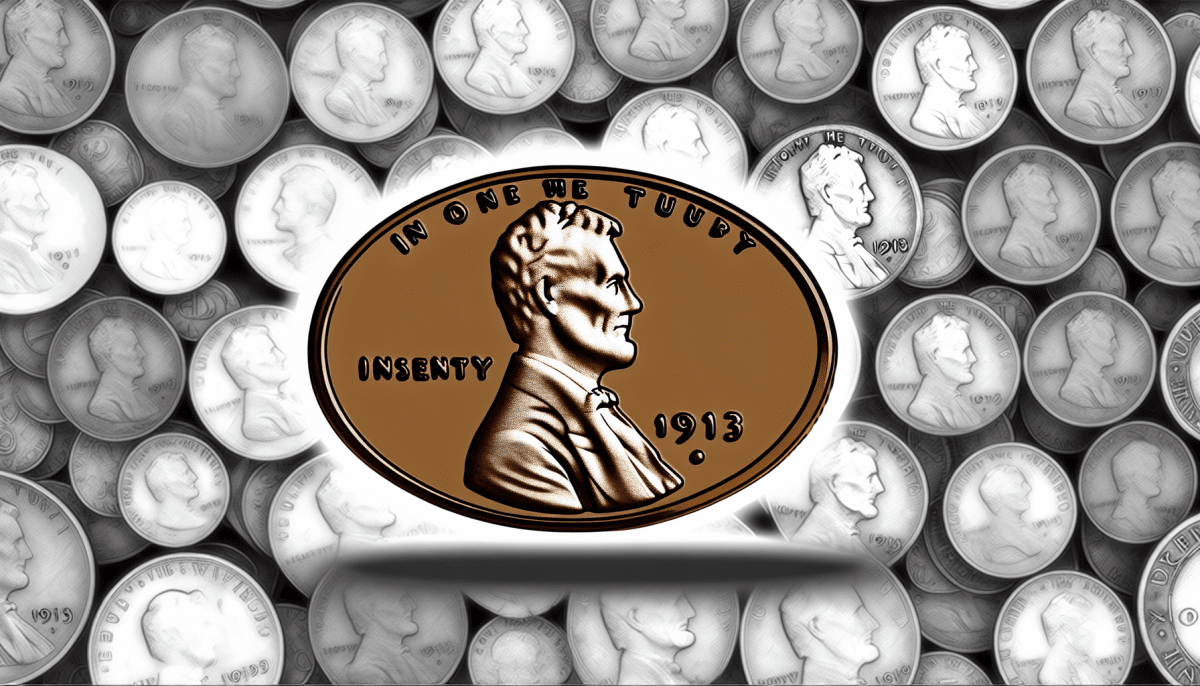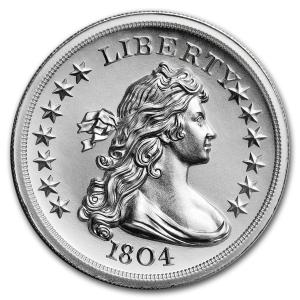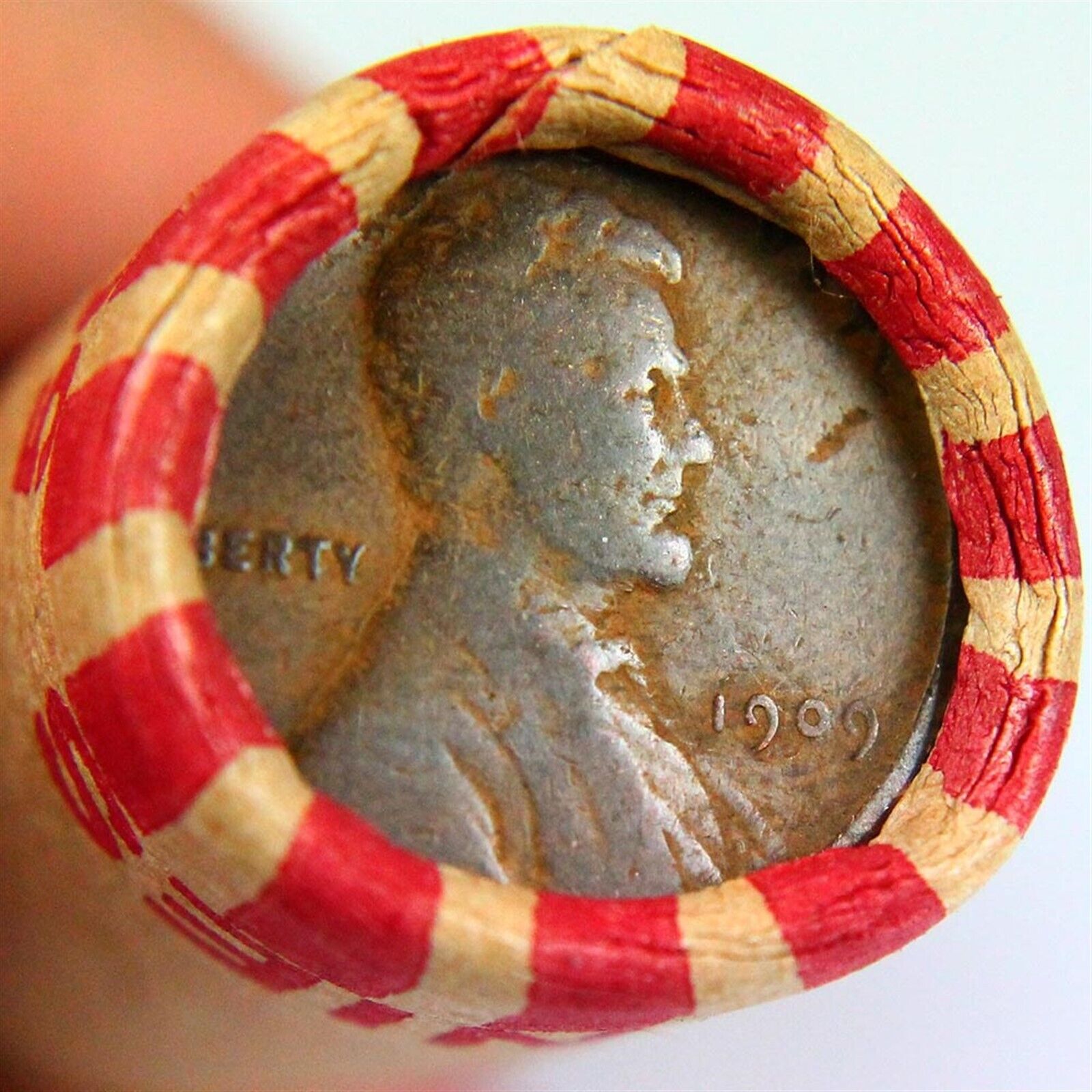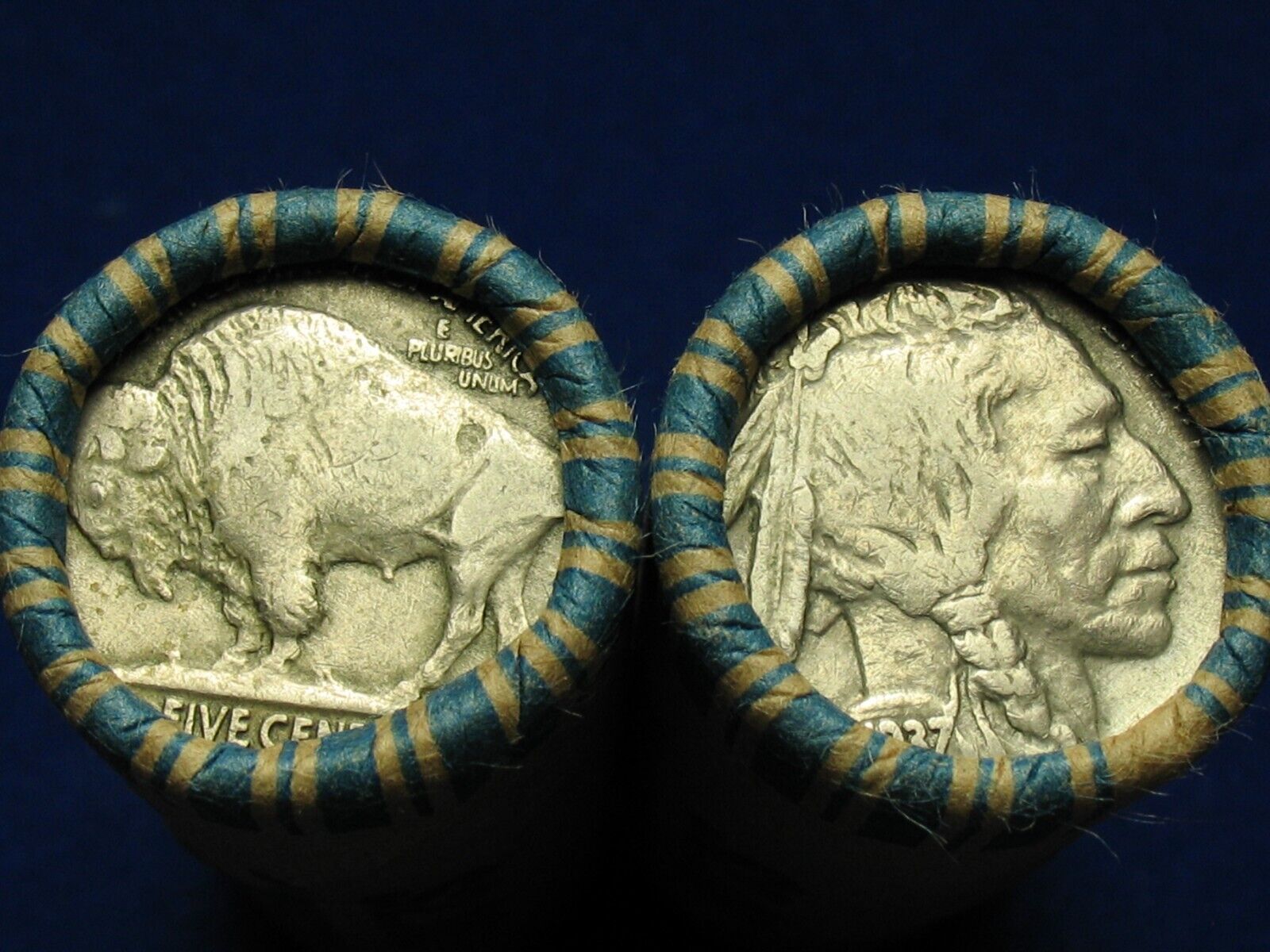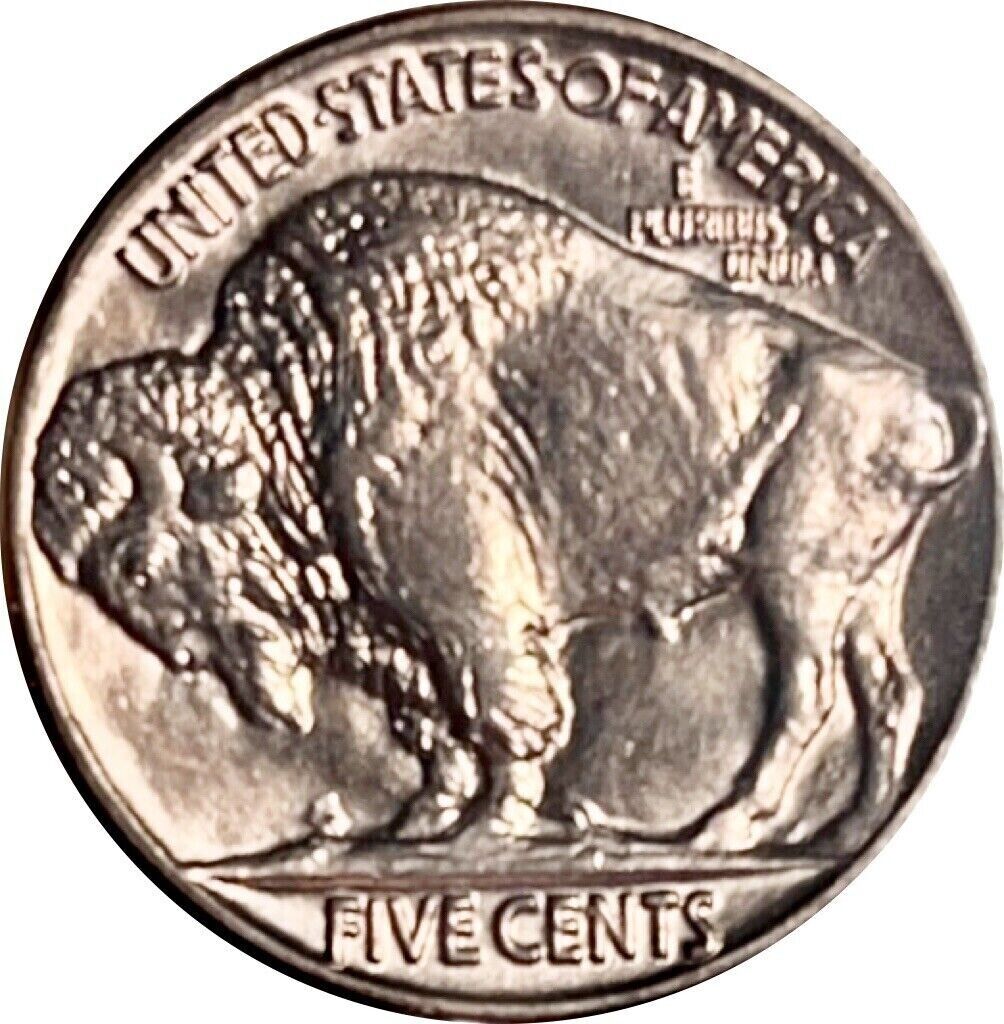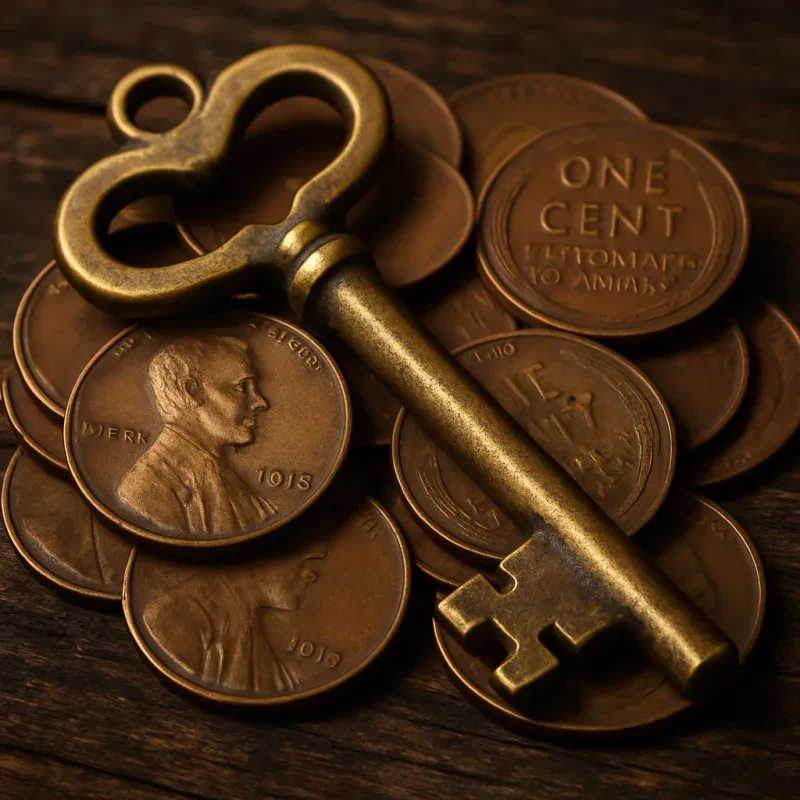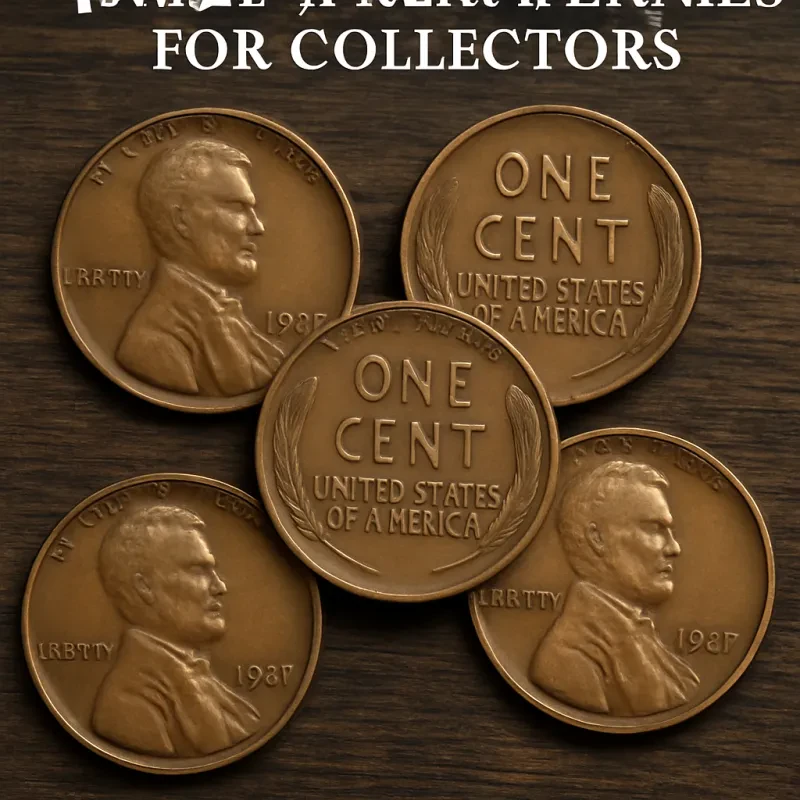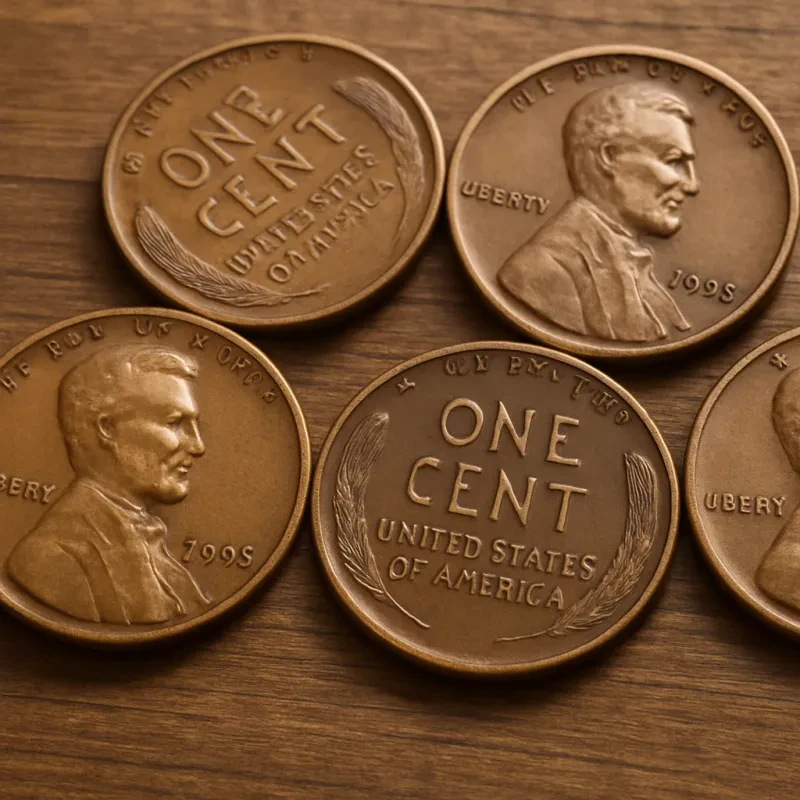Introduction to the 1913 D Penny
The 1913 D penny is one of the more intriguing coins in the Lincoln Wheat Cent series. Minted in Denver during a year of political and industrial transformation in the United States, this penny has gained a strong reputation among numismatists for its relative scarcity, historical significance, and potential value. For collectors, the 1913 D penny offers a rewarding challenge due to its varying conditions in circulation and the fascination surrounding its minting.
Historical Context: Why 1913 Matters
To truly appreciate the 1913 D penny, one must first understand the historical backdrop. The year 1913 marked significant shifts in the U.S. economy and society. Woodrow Wilson took office as President, and the 16th Amendment, allowing Congress to levy an income tax, was ratified. The Federal Reserve System was also established that year. Against this dynamic background, the Denver Mint produced the 1913 D penny—adding another layer of historical depth to the coin.
Mintage and Mint Mark Significance
The "D" mint mark signifies that the penny was minted at the Denver Mint, which was relatively new at the time, having opened in 1906. Only 15,804,000 Lincoln cents were minted in Denver that year, making it a mid-to-low mintage compared to other years in the series.
Though not the lowest mintage in the Lincoln Wheat series, the 1913 D penny stands out due to its lower survival rate in high grades. Many of these coins were heavily circulated, meaning that fewer examples remain in mint or near-mint condition, thereby increasing their desirability.
Design Details and Composition
The 1913 D penny features the iconic design by Victor David Brenner, which was introduced in 1909 to commemorate the 100th anniversary of Abraham Lincoln's birth. The obverse shows a bust of Lincoln facing right, with the inscriptions "IN GOD WE TRUST," "LIBERTY," and the year "1913."
On the reverse side, you’ll find the classic wheat ears flanking the denomination "ONE CENT," along with "UNITED STATES OF AMERICA" and the Latin motto "E PLURIBUS UNUM."
The coin is made of 95% copper and 5% tin and zinc, weighing 3.11 grams. This classic composition gives the coin its distinct red or brown tone, depending on its condition and level of preservation.
Grading and Condition: What to Look For
Coin grading plays a crucial role in determining the value of a 1913 D penny. The Sheldon Scale, ranging from Poor (P-1) to Perfect Mint State (MS-70), is used by professional grading services like PCGS and NGC.
Common Conditions:
-
Good (G-4): Heavy wear with major design elements visible but faint.
-
Fine (F-12): Moderate wear with most details still distinguishable.
-
Very Fine (VF-20): Light to moderate wear with clear design elements.
-
Extremely Fine (EF-40): Minor wear with sharp details.
-
About Uncirculated (AU-50): Slight wear on high points.
-
Mint State (MS-60 to MS-65): No wear, with varying degrees of luster and strike sharpness.
Red, Red-Brown, and Brown Designations:
Copper coins are also assessed based on color:
-
Red (RD): More than 95% of the original red luster remains.
-
Red-Brown (RB): Between 5% and 95% red luster.
-
Brown (BN): Less than 5% red luster.
These designations can significantly affect the coin's value. For example, a 1913 D penny graded MS-65 RD can command several thousand dollars, while a BN version in the same grade might fetch a fraction of that.
Rarity and Market Value
The value of a 1913 D penny depends heavily on its condition and color designation. Here’s a general breakdown based on current market trends:
-
G-4 to F-12: $5 to $20
-
VF-20 to EF-40: $40 to $100
-
AU-50: $120 to $200
-
MS-60: $250 to $400
-
MS-65 RD: $3,000 to $6,000 or more
Red specimens in higher mint states are especially prized due to their scarcity. Collectors often compete fiercely at auctions for top-graded examples, pushing prices well above estimate.
Authentication and Avoiding Counterfeits
As with any valuable coin, counterfeits of the 1913 D penny do exist. It’s essential to buy only from reputable dealers or auction houses and to seek coins certified by trusted grading services.
Common red flags for fakes include:
-
Altered mint marks (adding a "D" to a Philadelphia mint penny)
-
Incorrect weight or diameter
-
Unusual color or patina
If in doubt, submit the coin to a third-party grading service for authentication.
Collecting Strategies
There are several ways to incorporate the 1913 D penny into a broader collection:
-
Date and Mint Set: Collect all Lincoln Wheat pennies from 1909 to 1958 by date and mint mark.
-
High-Grade Collection: Focus on MS-63 and above, particularly with Red or Red-Brown designations.
-
Error and Variety Collection: While the 1913 D penny is not known for many errors, off-center strikes or double dies do occasionally surface and add extra value.
Investment Potential
Although the 1913 D penny isn’t the rarest Lincoln Wheat cent, it offers solid investment potential due to its age, historical context, and relatively low numbers in high-grade conditions. The coin market tends to value coins that are both historically significant and conditionally rare, and the 1913 D penny ticks both boxes.
Like all investments, coin collecting comes with risk. Market values can fluctuate, and grading opinions may vary slightly between services. However, owning a well-preserved 1913 D penny can add both prestige and potential profit to any coin collection.
Fun Facts for Enthusiasts
-
The 1913 D penny was part of the last full year before the start of World War I, which would eventually alter coinage worldwide.
-
Denver was the only branch mint to produce pennies that year aside from Philadelphia (which had no mint mark).
-
Some 1913 D pennies show a weak strike, particularly in the central devices, which can affect grading even if the coin shows little wear.
Conclusion: A Must-Have for Lincoln Cent Collectors
For both novice and seasoned collectors, the 1913 D penny stands as a compelling piece of numismatic history. Its combination of vintage appeal, Denver mint heritage, and scarcity in high grades makes it a standout among Lincoln Wheat cents. Whether you’re collecting for passion or investment, the 1913 D penny is a coin that delivers on both fronts.
With the right eye for condition and a keen sense of market timing, adding a 1913 D penny to your collection could be both a satisfying achievement and a wise investment. Happy collecting!
